Biography
Viresh Rawal was born in India in 1958 and immigrated with his family to the United States in 1968, settling in Connecticut. He received his B.S. degree from the University of Connecticut (1980) and his Ph.D. from the University of Pennsylvania (1986). His doctoral research, carried out under professor Michael P. Cava, dealt with the development of an efficient route for the synthesis of the potent antitumor agent CC-1065. From 1986 to 1988 he was a postdoctoral associate at Columbia University in the laboratories of Professor Gilbert Stork. In 1988 he accepted a faculty position at the Ohio State University and was promoted to Associate Professor in 1994. In the autumn of 1995 he moved to the University of Chicago as an Associate Professor and was subsequently promoted to the rank of Professor.
His research interests are in the general area of organic synthesis, with an emphasis on the development of effective methods and strategies for the synthesis of complex bioactive molecules. This effort has culminated in the synthesis of several intricate targets, including isocomene and (–)-isocomene, endo-hirsutene, modhephene, silphiperfol-6-ene, alpha-elemene, (±) and (+)-tabersonine, (+)-11-methoxytabersonine (+)-aspidospermidine, (-)-dehydroquebrachamine, (-)-quebrachamine, arborescidines A-C, geissoschizal, (+)-geissoschizine, dehydrotubifoline, akuammicine, zenkerene, elisapterosin B, elisabethin A, gamma-lycorane, (+)-methyl pederate, pederin, mycalamide A, mycalamide B, N-methylwelwitindolinone D isonitrile, and strychnine. Methodology development has played a central role in these total synthesis exercises. Considerable effort has been devoted to the development of transition metal-based catalysis of reactions, including enantioselective reactions. In recent years, his group has focused on the development of effective catalysts for highly enantioselective reactions and on the use of hydrogen bonding for catalysis of reactions. This effort has resulted in the first demonstration of simple chiral alcohols as enantioselective catalysts for a wide range of reactions. His group has also developed new classes of asymmetric catalysts, notably chiral squaramides, that function through hydrogen bond activation.
Rawal's work has been recognized through awards from Eli Lilly (1993-1995), American Cyanamid (1994), Merck (1995), and Pfizer Research Laboratories (1995-1998). He is also the recipient of the American Cancer Society Junior Faculty Award (1990-1993) the American Chemical Society’s Arthur C. Cope Scholar Award (2003) and a Fellow of the American Association for the Advancement of Science. He has served on the NIH Medicinal Chemistry Study Section (1999-2003) and the Cancer Drug Development Proposal Evaluation Committee for the American Cancer Society (2005-), presently as the chair. He served on the editorial board of The Journal of Organic Chemistry (2004-2008) and is currently an Editorial Board Member of Organic Syntheses (2007-), Heterocycles (2007-present), Organic & Biomolecular Chemistry (2012-present), and Asian Journal of Organic Chemistry (2012-present). He served as the Volume Editor for the Science of Synthesis volume “Compounds with All-Carbon Functions.”
Curriculum Vitae
Education
1986-1988 Postdoctoral Studies, Columbia University, NY; Professor Gilbert Stork, advisor
Research Projects: Radical Cyclization Approach to the Gibberellin Skeleton; Design and Synthesis of Chiral Epoxidizing Agents.
1980-1986 Ph. D., Organic Chemistry, University of Pennsylvania, Philadelphia, PA; Professor Michael P. Cava, advisor.
Thesis: "Photocyclization Based Strategy for Synthesis of Antitumor Agent CC-1065. A. Synthesis of Deoxygenated PDE-I and PDE-II (Deoxygenated B/C Units of CC-1065). B. Palladium Mediated Photocyclization of Heterocyclic Congeners of Stilbene. C. Synthesis of PDE-I and PDE-II Methyl Esters."
1976-1980 B.S., Chemistry, cum laude University of Connecticut, Storrs, CT; Professor Gary A. Epling, advisor.
1976-1980 Undergraduate Honors Research: Micellar Photochemistry of Chlorpromazine.
Experience
Professor of Chemistry, University of Chicago, 1999-present
Associate Professor of Chemistry, University of Chicago, 1995-1998
Associate Professor of Chemistry, The Ohio State University, 1994-1995
Assistant Professor of Chemistry, The Ohio State University, 1988-1994
Honors & Awards
Editorial Board Member: Journal of Organic Chemistry (2004-‘07), Heterocycles (2007-),Volume Editor,
Organic & Biomolecular Chemistry (2012-), Asian Journal of Organic Chemistry (2012-),
Organic Syntheses (2007-)
Volume Editor, Science of Synthesis, “Compounds with All-Carbon Functions”
Novartis International Chemistry Lectureship Award, 2007
Fellow, American Association for the Advancement of Science, 2004
ACS Arthur C. Cope Scholar Award, 2003
Pfizer Research Award for Synthetic Organic Chemistry, 1995-1998
Merck Young Investigator Award, 1995
American Cyanamid Faculty Award, 1994
Eli Lilly Grantee Award, 1993-1995
American Cancer Society Junior Faculty Research Award, 1990-1993
DuPont Young Faculty Award, 1988-1989
Dean's Fellowship, University of Pennsylvania, 1983-1985
Rohm and Haas Fellowship, 1981-1983; Douty Foundation Fellowship, 1981
Consultancy, Etc.
American Cancer Society, Cancer Drug Development Committee, 2005-present, Chair
Abbott Laboratories, 1999-present
Scios Inc., Consultant, Scientific Advisory Board, 2005-2006
National Institutes of Health—Medicinal Chemistry Study Section, 1997, 1999-2003
Adolor Corporation, 2000-2001
Chemical Highlights, Editor and Chief Editor, 1986-1988
Professional Affiliations
American Chemical Society
American Association for the Advancement of Science
International Society of Heterocyclic Chemistry
Sigma Xi- Scientific Research Honor Society
Phi Lambda Upsilon- Chemistry Honor Society
Philadelphia Organic Chemists Club (1980-1985)
New York Academy of Science (1988-1990)
